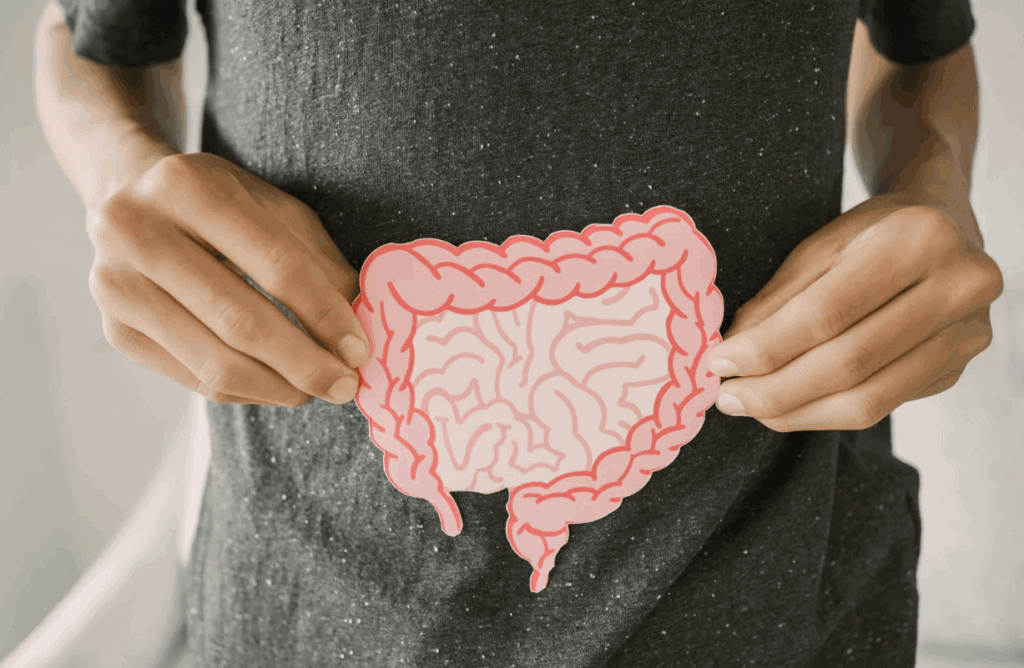Living with chronic pain is a complex experience that extends far beyond physical discomfort. For many individuals, the way pain is perceived and managed is deeply influenced by psychological factors, including emotions, beliefs, and thought patterns. This connection underscores the importance of seeking the right kind of medical support, such as through a Wound Care Clinic in Marietta, GA, in both physical recovery and mental well-being.
Understanding how thoughts influence the pain experience is crucial for patients and healthcare providers seeking to develop comprehensive treatment strategies.
The Mind-Body Connection in Chronic Pain
Chronic pain is often described as both a physical and psychological phenomenon. While the source of the pain may originate in the body, the brain interprets and amplifies the signals, creating a cycle that can intensify the experience. For example, two individuals with similar injuries may report vastly different levels of pain, largely due to the way their minds process the sensations.
This mind-body connection highlights the importance of addressing not only physical symptoms but also cognitive and emotional responses to pain. Negative thought patterns, such as catastrophizing or expecting the worst outcomes, can intensify the perception of pain. Conversely, adopting positive coping strategies can reduce the overall burden of chronic pain.

The Role of Thoughts in Pain Perception
One of the most significant ways psychology influences chronic pain is through the perception of it. The brain is not a passive receiver of pain signals; instead, it actively interprets them based on beliefs, memories, and current mood. When individuals focus intensely on their pain, the sensation can become more prominent, creating a feedback loop that heightens suffering.
Research in cognitive psychology has shown that pain perception is closely tied to attention and thought patterns. People who engage in mindfulness or distraction techniques often report a reduction in pain intensity. This highlights how shifting thoughts and focus can alter the way pain is experienced, even without changes in the underlying physical condition.
Emotional Factors That Influence Pain
Emotions play a central role in shaping how chronic pain is felt and managed. Stress, anxiety, and depression are common among individuals living with persistent pain, and these emotional states can worsen physical discomfort. Stress, in particular, triggers the release of hormones that increase muscle tension and inflammation, compounding the perception of pain.
On the other hand, positive emotions such as hope, gratitude, and resilience can serve as protective factors. Patients who cultivate an optimistic outlook often demonstrate greater tolerance for discomfort and better adherence to treatment plans. This highlights the need for a comprehensive approach that integrates psychological support with medical interventions.
Cognitive Behavioral Approaches to Pain Management
Cognitive Behavioral Therapy (CBT) is one of the most widely studied psychological interventions for chronic pain. This approach focuses on identifying unhelpful thought patterns and replacing them with healthier, more adaptive ones. For instance, a patient who frequently thinks, “I’ll never feel better,” may learn to reframe that thought into, “I can take steps today to improve my quality of life.”
By shifting the way individuals think about their pain, CBT can reduce the emotional distress associated with chronic conditions. Over time, this can lessen the overall intensity of pain, not by eliminating its source but by changing how the brain interprets it. Healthcare providers increasingly incorporate CBT and similar approaches into multidisciplinary pain management programs.
Social and Behavioral Influences
The psychological impact of chronic pain extends into social and behavioral realms as well. Feelings of isolation, frustration, or helplessness can contribute to a sense of diminished quality of life. These experiences may lead to withdrawal from social activities, which in turn reinforces negative thought patterns and deepens the pain experience.
Addressing these challenges requires not only medical care but also social support and engagement. Encouraging patients to maintain relationships, participate in enjoyable activities, and seek counseling can create meaningful improvements in overall well-being. By focusing on these psychological dimensions, the cycle of pain can be interrupted and replaced with healthier habits.
Integrating Medical and Psychological Care
The most effective approach to managing chronic pain involves integrating medical treatment with psychological strategies. While medication, physical therapy, and specialized services like wound care are vital, they are most successful when combined with cognitive and emotional support. Clinics that adopt a holistic model of care recognize the dual nature of pain and aim to address both aspects equally.
For patients, this means that treatment plans should not only focus on reducing physical symptoms but also on strengthening mental resilience. By working with healthcare providers who understand the importance of this balance, individuals are better equipped to manage their conditions in the long term.
Final Thoughts on the Psychological Impact of Chronic Pain
Chronic pain is far more than a physical condition; it is an intricate interaction between the body and mind. Thoughts, emotions, and beliefs profoundly shape the way pain is experienced and can determine whether patients feel overwhelmed or empowered in their journey.
Recognizing this psychological impact opens the door to more comprehensive, effective care. By addressing both the physical and mental dimensions of pain, patients can achieve not just relief, but also an improved quality of life.



























